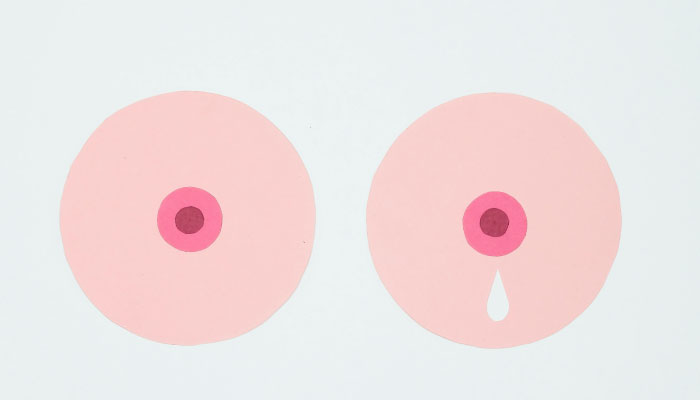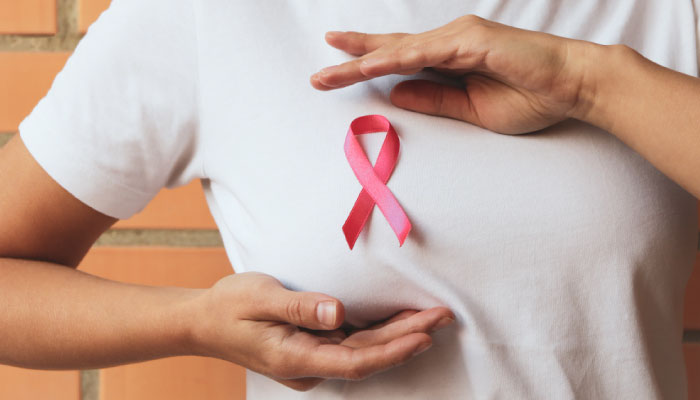Nipple Discharge

Nipple discharge can occur for a variety of reasons, some of which are benign (non cancer related) and others may need further medical evaluation.
Common Causes of Nipple Discharge
1. Physiological Discharge:
- Hormonal Changes: Menstrual cycle fluctuations, pregnancy, or breastfeeding can cause discharge.
- Stimulation: Nipple discharge may occur from physical stimulation or squeezing the nipple.
- Medications: Certain medications, such as birth control pills, antidepressants, or antipsychotics, can sometimes lead to nipple discharge as a side effect.
2. Benign Simple Conditions:
- Duct Ectasia: This occurs when milk ducts become widened and filled with fluid. It is more common in women nearing menopause and can cause thick, sticky discharge.
- Fibrocystic Breast Changes: Some women have cystic changes in the breast tissue that can lead to non-bloody, clear, or yellow discharge.
- Infection or Abscess: Infections of the breast tissue or ducts can cause discharge, which may be accompanied by redness, warmth, and pain in the area.
3. More Serious Causes:
- Intracanalicular Papilloma: A small, usually benign tumor within the milk duct that can cause clear or bloody discharge.
- Breast Cancer: While less common, some types of breast cancer, especially ductal carcinoma in situ (DCIS) or invasive ductal carcinoma, can cause discharge, particularly if it is bloody or occurs in one breast.
When to See a Breast Specialist:
Consider consulting a healthcare provider if:
- The discharge is bloody or appears only from one breast.
- The discharge is spontaneous (not caused by squeezing).
- It is associated with a lump, skin changes, pain, or other unusual symptoms.
- The discharge persists and is accompanied by other health concerns.

What to Expect at a Medical Visit

